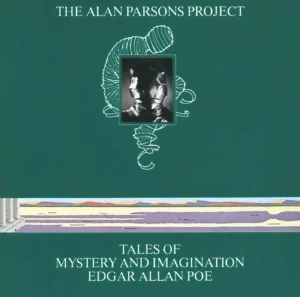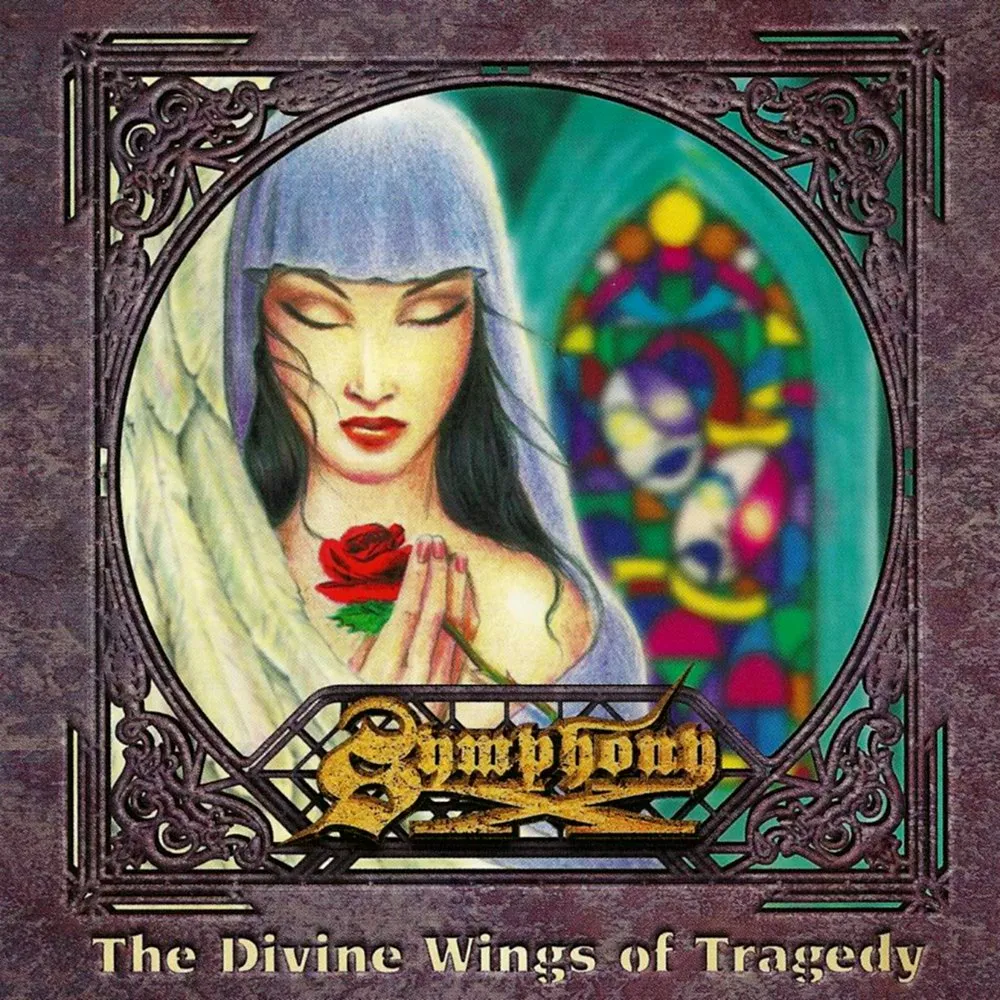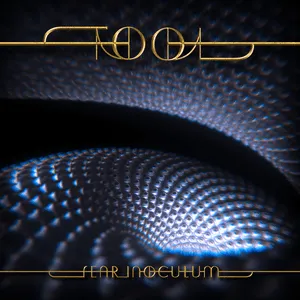The Alan Parsons Project – Tales of Mystery and Imagination Review
When two worlds where art is omnipresent come together, the result will be, at the very least, satisfying. In this Tales of Mystery and Imagination review, it happens in a remarkable grade with music and literature. The duo of The Alan Parsons Project drew inspiration from the tales of terror by the renowned and peculiar writer Edgar Allan Poe to create their debut album. They not only found inspiration but also dared to channel the tension imbued in fragments of several of Poe’s works. The album makes direct references to specific works, such as “The Cask of Amontillado,” which, by the way, is probably my favorite song from this unconventional conceptual album. We can also hear the legendary voice of Orson Welles in various parts of the album.
Tales of Mystery and Imagination Significancy
Tales of Mystery and Imagination, along with “The Dark Side of the Moon,” marked a turning point in the development of progressive rock and art rock. Specifically, the connection between these two masterpieces is Alan Parsons himself, who worked as a sound engineer for Pink Floyd and even received a Grammy for his work. Returning to The Alan Parsons Project’s debut album, it stands out for incorporating a wide variety of musicians, instruments, and musical styles. They even pioneered the use of a voice modulator in a rock song, as you can hear in “The Raven,” a track entirely based on Edgar Allan Poe’s tale.
The structure of Tales of Mystery and Imagination divides into two parts: the first comprises relatively disconnected songs. The second part, formed by the segments of “The Fall of the House of Usher,” is mainly instrumental, except for the last song, which has vocals and does not belong to the same taxonomy as the others.

Review of Tales of Mystery and Imagination – Side one
The album begins with the voice of Orson Welles in “A Dream Within a Dream,” narrating a sort of poem before giving way progressively to a diverse instrumental. It is followed by “The Raven,” a song that initially seems to have hints of Depeche Mode (the phrase “enjoy the silence” makes it even more similar). However, for me, The Alan Parsons Project is truly unique. These two songs, “The Raven” and “The Tell-Tale Heart,” could be considered more conventional, alternating a series of elements and musical styles, such as the use of synthesizers and modulators, voices that lean towards folk or classic rock and roll.
“The Cask of Amontillado” presents a poignant poem transformed into a ballad, which varies in intensity and rhythm as the song progresses, with orchestral interventions marking its path. “(The System of) Dr. Tarr and Professor Fether” returns to the same line as the previous songs.
Review of Tales of Mystery and Imagination – The Fall of the House of Usher
Now, the second part begins with “The Fall of the House of Usher,” a group of songs approximately 15 minutes long in total. These compositions move away from traditional rock to offer a much more experimental atmosphere, trying to represent the horror and nervousness that Edgar Allan Poe’s works convey. Orchestral elements play a significant role, closely followed by the work done with synthesizers. During these 15 minutes, there are ups and downs in the sensations that arise when listening to this section of the album. Moments of serenity converge with others that produce a certain unease.
The album concludes with a beautiful yet desolate ballad, “To One in Paradise,” which, like the rest of the songs, is based on the poetry of E.A. Poe. Their ability to convey such a sense of sadness in a complex and figurative manner particularly struck me.
In fact, after finishing listening to the entire album, it leaves me with a feeling of calm yet a touch of unease. The work of The Alan Parsons Project on their debut, Tales of Mystery and Imagination, is, at the very least, unique and singular.
Top Tracks:
- 5º “The Raven”
- 4º “The Fall of the House of Usher: Pavane”
- 3º “The Fall of the House of Usher: Arrival”
- 2º “To One in Paradise”
- 1º “The Cask of Amontillado”
Final Rating and Conclussion
Considering the exceptional originality of this album and, above all, its profound impact on future bands, Tales of Mystery and Imagination deserves high accolades, even though it may not achieve absolute perfection. While some sections of the album may seem a bit arduous, they pale in comparison to the other truly epic moments that envelop the listener throughout its duration. Perhaps the attempt to evoke the atmospheric essence of Poe’s literary works could have been refined further. Many critics attribute a sense of “gentleness” to the album, especially when compared to the haunting horrors depicted in Poe’s literary creations. Nevertheless, from my perspective, I believe that intensifying the album’s emotional fervor might have proven detrimental to its broader acceptance and appeal among audiences.
To illustrate this point, we can contemplate works of extreme intensity, such as Thantifaxath’s “Hive Mind Narcosis.” While these works undoubtedly immerse the listener in an unsettling spiral, one must question the price paid for such an experience. Unlike Tales of Mystery and Imagination, which remains captivating even after repeated listens, albums of extreme intensity may not offer the same longevity of appreciation (notwithstanding the exceptional value of Hive Mind Narcosis, which I consider a groundbreaking album in the realm of black metal).






